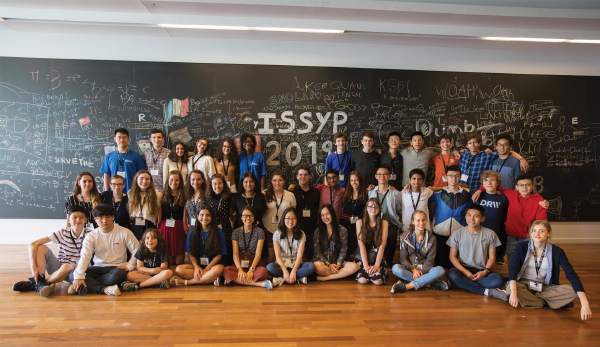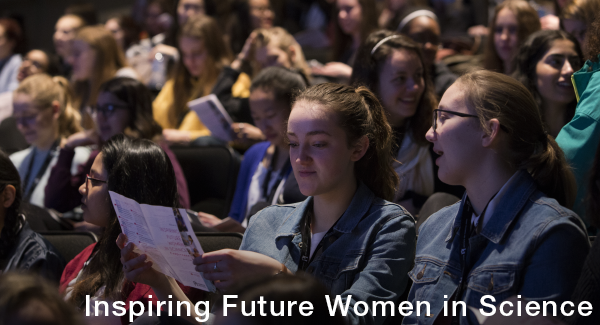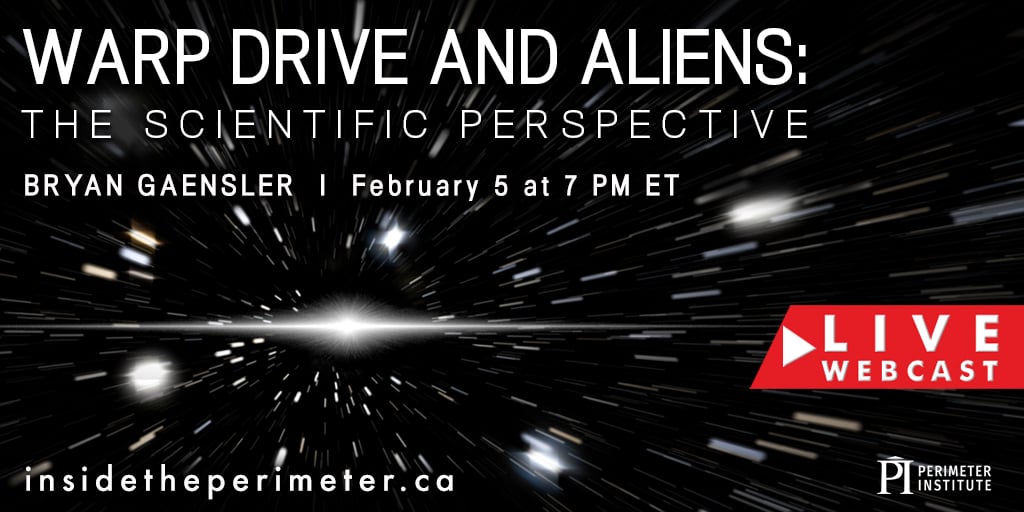
Einstein Plus 2020

Connect with teachers from around the world, learn new strategies for your classroom, and ask physicists all those questions that keep you up at night. Apply online before April 9 to be part of Perimeter’s EinsteinPlus Teacher’s Workshop! Power Corporation of Canada is a proud supporter of EinsteinPlus.

ISSYP Applications Due in 8 Weeks

“Have fun. It's the people you meet that matter, you can always learn physics; but you may not get the chance to see such exceptional people.” – 2019 ISSYP Participant
Help us share the ISSYP experience with your students! Applications close Wednesday, March 25, full details are available online. ISSYP is supported by RBC Future Launch™.

International Women's Day Webcast

On Monday, March 9, join us online for Inspiring Future Women in Science. The 2020 program of speakers and panelists will be webcast and past years are available on demand. If you are within driving distance of Waterloo, you can register to attend in person.
PRESENTING SPONSOR

Public Lecture Webcast

Warp Drive and Aliens: The Scientific Perspective
WEDNESDAY, FEBRUARY 5 at 7 PM ET
Bryan Gaensler, Dunlap Institute for Astronomy and Astrophysics
Science fiction and science both inspire wonder and awe, albeit in very different ways. At its best, science fiction asks profound questions about the human condition. In contrast, science asks – and often answers – even more profound questions about the very nature of matter, space, and time. Both science fiction and science fact explore the concept of journeying to other stars and finding life on other worlds. When it comes to interstellar travel, the truth may soon become stranger (and more amazing) than fiction.
In his upcoming lecture at Perimeter Institute, Gaensler will provide an overview of the latest thinking on interstellar travel and on the search for alien life. Read more.
14 mind-boggling facts about Hubble's Deep Field images

Released 24 years ago, the Hubble Deep Field image conveys the staggering, incomprehensible quantity of stars and galaxies out there in the universe.
By focusing on a tiny and seemingly "empty" patch of space with a very long exposure, the Hubble Telescope captured thousands of galaxies, and trillions of stars.
Over the decades since the release of the first Deep Field image, follow-up observations and experiments have unveiled exquisitely detailed images of our early universe.
Our latest Slice of PI highlights some incredible facts about these images. Read more.